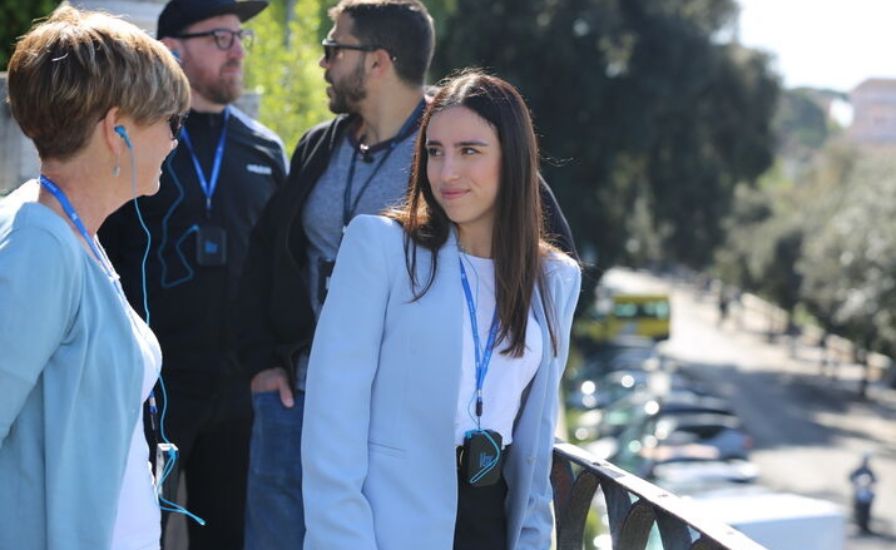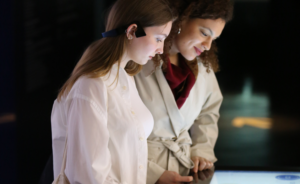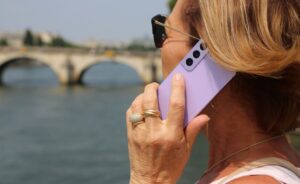Blog

Why Multilingual Audio Guides Are Essential for Attracting International Audiences
Introduction
In a world where museums, galleries and historic sites attract visitors from all corners of the globe, how can we ensure an experience that is accessible to all audiences? The answer lies in multilingual audio guides .
These tools go far beyond simple translations. They break down language barriers while enriching each visit with captivating and immersive stories. Sycomore , a leader in digital guidance solutions, collaborates with prestigious cultural institutions to design multilingual mediation devices, making culture accessible to all.
The result? Unforgettable experiences for visitors and a strategic advantage for institutions.
The Role of Multilingual Audioguides in Cultural Accessibility
1. An Inclusive Experience for All Visitors
Imagine visiting an imposing cathedral without being able to understand the fascinating stories that accompany it. This kind of experience can easily frustrate international visitors.
Sycomore offers an inclusive solution that changes the game. At the Notre-Dame Cathedral in Saint-Bertrand-de-Comminges , for example, 150 Audiopen equipped with content in seven languages allow every visitor to immerse themselves in history, regardless of their native language. This initiative reflects a clear commitment to cultural accessibility.
2. Enriching Cultural Narratives
Stories bring cultural places to life. With Sycomore’s multilingual audio guides, these stories become an immersive and interactive experience.
Take the Arena of Nimes , for example. This majestic Roman amphitheater becomes a journey through time thanks to multilingual narratives tailored to visitors’ language preferences. Every historical detail comes to life, making the visit both educational and memorable.
3. An Ideal Solution for International Groups
International group tours can pose logistical challenges, especially when it comes to language. Sycomore simplifies this equation with its geolocated M-Guides .
At the Musée de la Romanité , these guides automatically synchronize audio commentary with the position of visitors. This technology allows each member of the group, whether school or professional, to have a fluid and personalized experience.

Benefits for Cultural Institutions
1. Attract an International Audience
Multilingual audio guides increase the accessibility of cultural sites to a global audience, leading to increased attendance and revenue.
2. Strengthen Brand Image
By integrating inclusive and innovative technologies, cultural institutions establish themselves as visionary leaders. This positive image not only attracts more visitors, but also potential partners.
3. Exploit Valuable Data
Modern audio guides, like those used at the Jacquemart-André Museum , don’t just improve the visitor experience. They also collect GDPR-compliant anonymous data on user preferences, helping institutions better understand their audience and optimize their offerings.
Conclusion
Multilingual audio guides embody a modern and inclusive vision of cultural mediation. Thanks to Sycomore, sites such as the Nîmes Arena and the Musée de la Romanité demonstrate how these solutions can transform the visitor experience while strengthening the strategic position of institutions.
By breaking language barriers and providing captivating narratives, these audio guides transform every visit into a memorable adventure. If your institution aspires to enrich the experience of its visitors, it is time to choose a multilingual and innovative solution.





